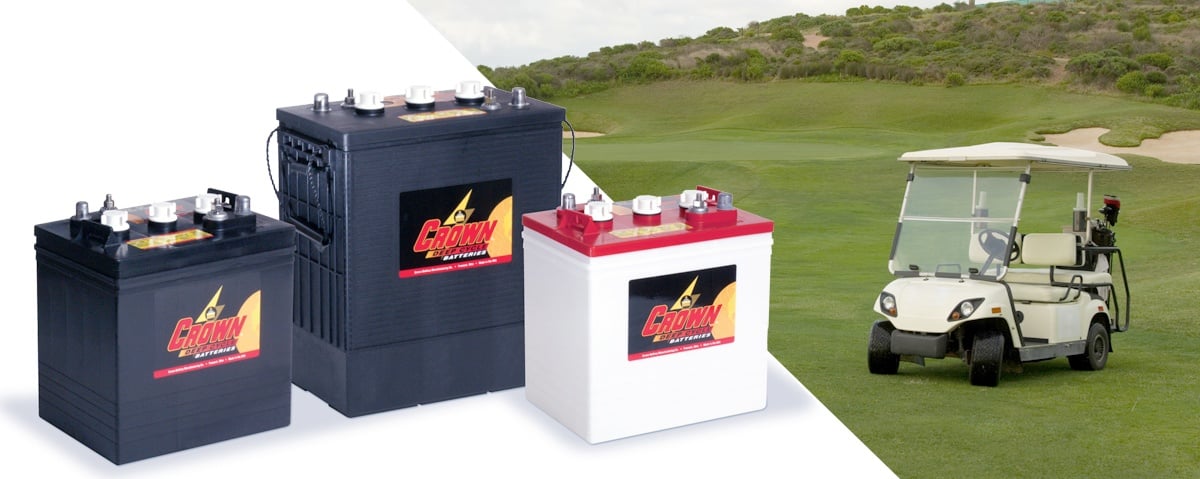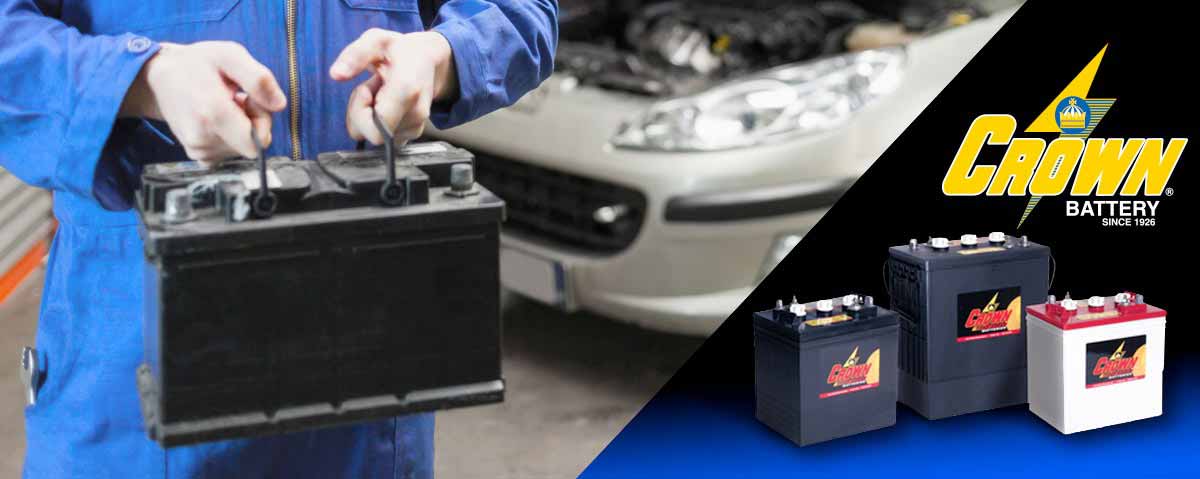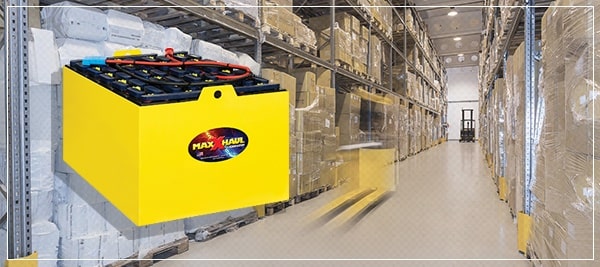For individuals traveling with batteries, lithium-ion tends to get the most attention. Airlines have begun to ban all Li-ion batteries in checked baggage on passenger flights, largely limiting the transportation of lithium batteries that are not already in consumer goods to cargo airplanes only. But lithium batteries are not the only type that can cause serious damage during transit. Lead-acid batteries should be transported with care to limit the risks of shipping a hazardous material.
For battery dealers and distributors who supply their customers with lead acid batteries, it’s critical to your business that you can safely and quickly ship batteries to where they need to go. But because lead acid batteries contain hazardous materials, it can be stressful trying to get your product transported.
Unsealed, spillable lead-acid batteries are regulated as a Class 8 dangerous good under UN2794, designated by the United Nations Committee of Experts on the Transport of Dangerous Goods. Class 8 goods are all substances, or products that contain substances that are corrosive in nature. Spilled lead acid from a battery can damage skin and surrounding materials, and could be especially hazardous when shipping in large quantities.
Here are thirteen tips for transporting lead-acid batteries via ground vehicles.
- A ground vehicle can only carry one type of hazardous material
- Stack batteries upright on a wooden pallet
- Place honeycomb cardboard between layers
- Limit height of stacks to three layers per pallet
- Wrap the entire pallet with shrink wrap to improve stability
- Label pallet with Corrosive label and mark “Wet, filled with acid”
- Provide a description of hazardous material, company name, and shipper’s name in a bill of lading
- Most absorbent glass mat (AGM) batteries can be shipped under the less strict UN 2800 directive as long as they are properly packed and terminals are protected from short circuit.
If transporting damaged batteries, different rules apply.
- Batteries are considered damaged if a crack or missing cap could pose the risk of leakage
- Transportation companies may require the drainage of all acid prior to shipping
- Damaged batteries should be placed in an acid-resistant container
- Neutralize acid that may spill with soda ash
- Don’t ship damaged and intact batteries together
If shipping by air, follow these tips:
- Make sure that packaging includes an acid-proof liner
- Include additional sealed packaging, such as a rugged plastic bag, to prevent leakage of fluid in case of spillage
- Label packaging with appropriate warnings and paperwork
- Non-spillable batteries such as AGM batteries may be shipped in standard packaging, as long as measures have been taken to protect against short circuit
- Clearly label all packaging with applicable warnings and type of battery
Preventing against spillage and short circuits is key to ensuring safe transport, both for the batteries and the carrier. Pay careful attention to the condition of each battery before preparing it for shipment, and package each product in accordance to appropriate regulations. With the right precautions, you’ll be moving your battery stock without stress in no time.
To learn more about how Crown can help you with your battery distribution needs, check out our resources below:












